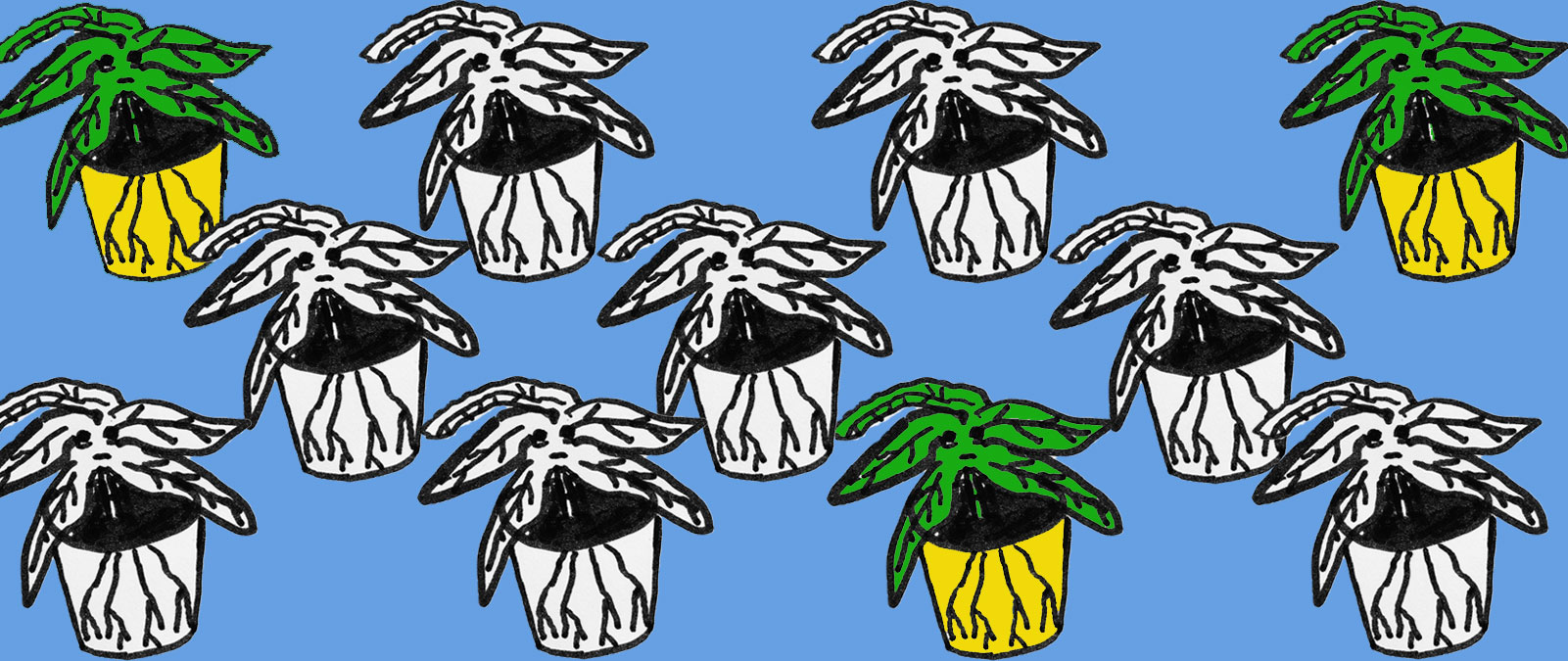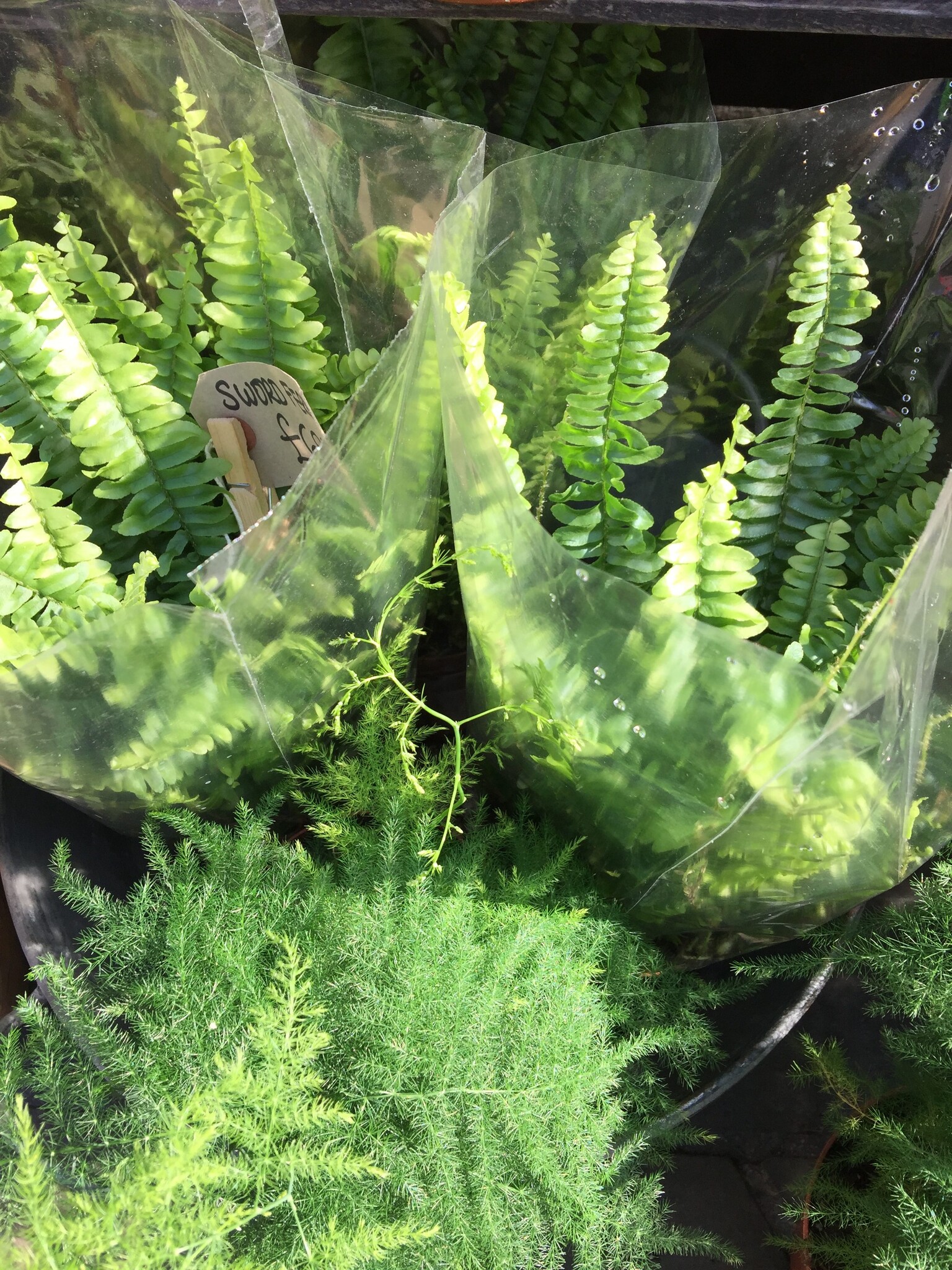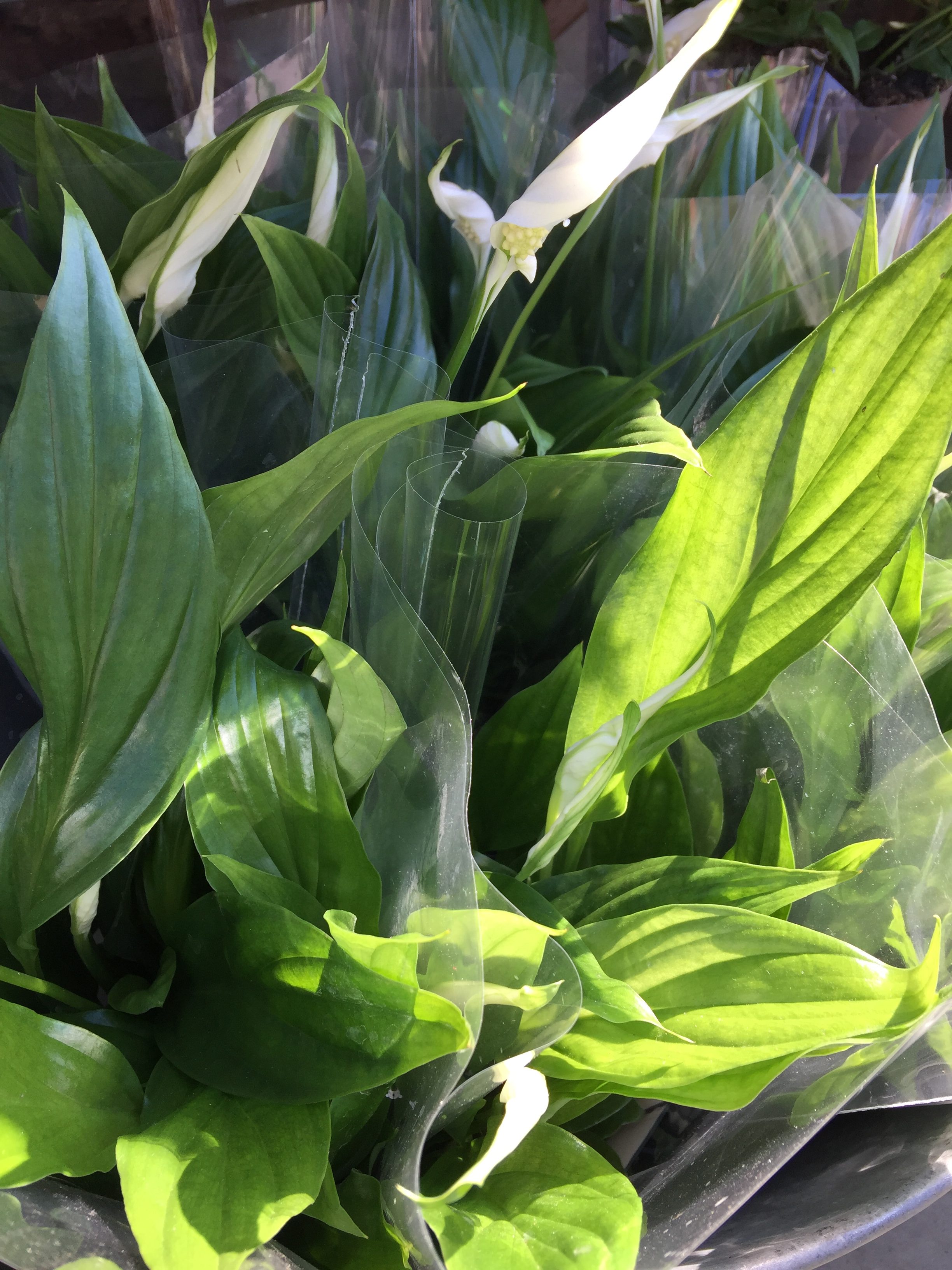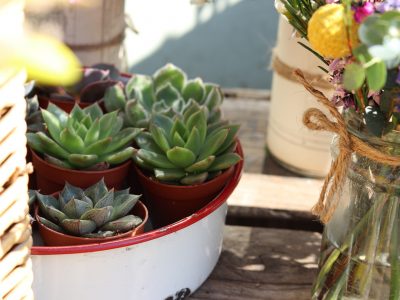Ghosts of Plants Past: A guide to not killing your leafy pals

Illustration c/o Asmaa Jama.
To all my fellow plant murderers out there, where y’all at.
Hello, fellow plant parents. Now, apparently babies are harder to take care of than our green friends. I beg to differ. Yes, I’ve killed a few plants in my time. But in my defence, they’re hard to take care of. They don’t tell you what they need. They don’t warn you that they’re dying. Sometimes I think I can hear them screaming – look at my yellowing leaves. But you can be wrong, my friend. Yellowing leaves on some species can actually mean too little or too much water, too little or too many minerals. It’s a minefield. However, I am here to save you. Over the past year, my ability to take care of plants has taken a significant upswing.
While my thumbs aren’t quite green yet, they’re certainly green-tinged. A-therefore, a-follow me, and you will see, the wonderful tips that’ll help you be, the best plant parent to your green friends, you can be.

Succulents. Photo c/o Lily Konteh.
Pick a species you can actually take care of
Okay, plants like most things, are all about the confidence. Don’t make things difficult by getting a high maintenance plant, start your confidence off high – by getting a cacti.
These plants, are impossible to kill, and I mean absolutely impossible. They do not need water at all. Okay. Maybe every six months, wet their soil. They’re hard to kill, they’ll give you confidence and help you gear up to higher maintenance plants. Similarly hard to kill plants, are spider plants and succulents.
If you really want to challenge yourself, have a go at aloe. It needs watering about once a month. Or maybe even a leafy plant, which need watering… well read on, for fool-proof watering advice.
-
Do not overwater
Yes, you can overwater plants. You think it looks happy when in fact the roots of your plant are rotting. You’re actually slowly killing it. It’s harder to reverse over-watering than underwatering. If in doubt, always underwater a plant. Overwatering is pretty much always how I’ve killed my plants in the past.
Leafy plants that have been overwatered will begin to brown at the tips and wilt. This is confusing because this is what they do when they’ve been underwatered. In succulents and cacti, the leaves or stem will get soft and mushy.
But this is where it’s important to get your hands dirty and feel the soil of your plant. At least an inch or two down. Is it wet or dry to the touch? If it’s wet, back off bucko, leave the plant alone. This is probably the most important point: always, always, always feel the soil before watering a plant. Ignore, whatever, the rest of the internet says, when it comes to watering your indoor palm, cacti, or fern. Always check the soil. If it’s wet, leave it alone. If it’s dry, knock yourself out, water it.

Ferny ferns. Photo c/o Lily Konteh.
-
Watering woes
There are a few more things to keep in mind when watering. First of all, plants are incredibly fussy. You do not want to be watering them with tap water, because this will cause mineral build up in the plant. Excessive mineral build-up then causes browning at the leaf tips, slow growth and wilting. Nightmare.
Instead, use bottled water, or if you really want to bring your A-game, rainwater. Leave a bucket outside, wait for it to rain (which in Bristol I guarantee won’t be long). And there you go, free plant-happy water.
Also, friendly PSA: if you do use bottled water, please recycle the plastic.
Finally, make sure to water the plant until water drains out of the bottom of the pot.
-
Pests
Fungi and insects will want to hang out with your plant. Because let’s face it, your plant is an awesome food source, probably damp and warm too. So, although I don’t hold this against our insect and fungi pals, you don’t exactly want them destroying your plants which they quite often do. Drum roll please, here are the best non-toxic techniques to banish them.
Mold:
If you see mold on the soil of your houseplant, simply take a spoon and scoop away the top layer. Add some fresh potting soil to the top. Let the top layer of soil dry out. Then add a natural antifungal like apple cider vinegar to the plant the next time you water it and you should be fine. The mold isn’t harmful but you’ll want to use gloves and wash your hands after doing this.
Gnats:
If you have gnats or fruit flies on your plants, you might want to check to see if you have fruit flies around the house normally. They’re incredibly common and they love fruit, hence the name, but are also attracted to any dishes you may have lying around, or uncovered bins.
If you’re pretty sure you’ve had a tidy, then it’s probably the soil. You might want to (other than laying a bunch of intricate fruit fly traps, that I’ll leave you to Google) repot the plant with higher quality soil.
Preventative measures:
Add some apple cider vinegar to plants you water often, and aren’t usually kept in the sunlight to prevent mold. It’s also good practise in general to remove any dead leaves both on the plant and on the soil, as it a) helps the plant out, and b) prevents mold. Win-win.
Add some dish soap to the water of plants that have had gnats before. None of these hurt the plants, it just keeps pests away.

A leafy, peace lily. Photo c/o Lily Konteh.
Sun, sun, sun!
We all love it, but actually quite a few plants don’t. Check their species online to see if they like the sun. Quite a few like ambient light, so not directly in the sun, but in the same room as some windows. Essentially these suckers love the shade. If you put them in the window where the sun blasts in quite a lot you will burn them. Ferns and indoor palms, are amongst the plants that have these qualms.
Fertilizer
Woah! You’re giving a little extra TLC to your plants. I salute you fellow plant parent, curator of rambling jungles. With fertilizer, you want to get something soluble. Be careful with it because it is essentially nitrogen (or am I just scared of chemicals?). Anyway, read the back of the bottle, follow the rules, and keep it away from kids and pets. You’ll want to fertilize once a month. Or once every two weeks when they’re actively growing-like when you see a ton of new baby leaves, practically overnight.
Alright, that wraps it up for this segment. Send in your plant tips and questions, I’d love to hear them. @ me on Twitter, and the rest of the Rife team on Instagram and Facebook.
Plants c/o Roots.









